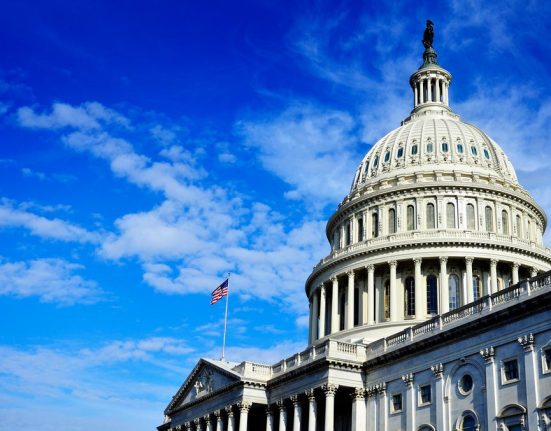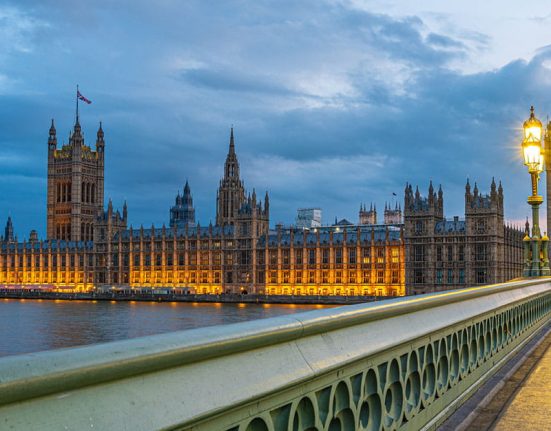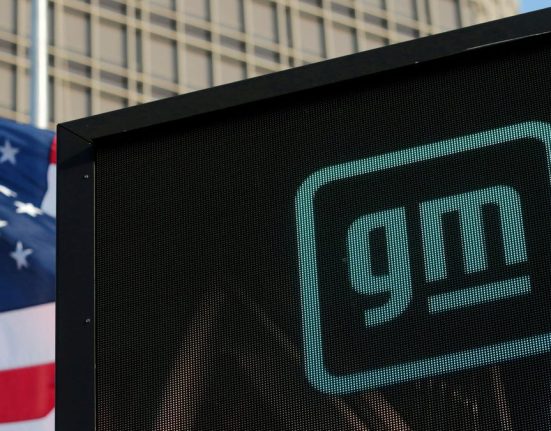Rising rates also make houses less affordable.
Andrew Auerbach and Jean Blacklock are contributing columnists for The Globe and Mail. They are co-founders of Delisle Advisory Group, an independent wealth management firm serving high-net-worth families.
In 2020, in the face of soaring house prices and increasing household debt, Canada’s largest mortgage insurer, Canada Mortgage and Housing Corp. (CMHC), changed its criteria to make it harder for people to qualify. CMHC did so by reducing the maximum allowable household debt-servicing levels and tightening the personal credit rating criteria.
In Canada, homebuyers with less than 20-per-cent down payment are required to get mortgage insurance to protect the lender in the event of a default. By making it harder for such homebuyers to get insurance, CMHC made it harder for them to qualify for mortgages.
The CMHC’s move was seen as overly restrictive and the other two major mortgage insurers in Canada did not take its lead. Being the only insurer taking action to address rising household debt, CMHC’s market share plummeted from 45 per cent to 30 per cent in the first quarter of 2021 and it reversed course one year later. Home prices and debt continued to soar, as buyers overextended themselves amid low borrowing costs.
Fast forward to today: The prime lending rate has almost tripled from 2.45 per cent in 2021 to 6.95 per cent, Canadians are starting to feel tremendous financial strain, and the Big Six banks’ performance is being negatively affected by rising mortgage delinquency rates.
Making matters worse, the Big Six banks have grown more vulnerable to mortgage delinquency. In 1990, the mortgage market share of the Big Six banks was 38 per cent, but with the consolidation through acquisition of trust companies, their mortgage market share is 73 per cent today, and they hold $1.6-trillion of the $2.18-trillion in outstanding mortgage debt.
In their reporting for the quarter that ended April 30, the six banks collectively increased their provisions for defaulting loan debt to $4.1-billion from $2.5-billion a year earlier, a whopping 64-per-cent increase year-over-year. Keep in mind that taking a provision does not mean the banks suspect a loan may default, rather it means the loan is already in default and heading toward a write-off.
If what has happened in the last year is not dismal enough, it is very likely to worsen as mortgages with significantly lower rates come up for renewal. Unfortunately, the majority of renewals are still to come, with the Office of the Superintendent of Financial Institutions (OSFI) forecasting 76 per cent of mortgages that were outstanding in February will be renewing by the end of 2026.
In Canada, the maximum fixed-rate term is five years, a sharp contrast from the United States. An American buying a home in 2021 can get a 30-year fixed-rate mortgage and will be looking at paying the 2021 rate (likely around 2.65 per cent) for a further 27 years whereas a Canadian who bought a home in 2021 will soon be looking at a renewal with a dramatically higher interest rate.
Using an example of a $500,000 mortgage, if a Canadian buyer took a one-year term in 2021 at 2.79 per cent (most individuals were choosing shorter terms as the rates were lowest) they would now be renewing at 6.79 per cent. The monthly payment would increase from $2,313 to $3,437, a 49-per-cent increase. However, with housing prices having skyrocketed across Canada and particularly in our large cities, many Canadians have much larger mortgages than $500,000, creating further stress.
The prevailing view at the start of this year was that rate-cut relief was on the horizon. The consensus has shifted to interest rates staying higher for a longer period. While the Bank of Canada’s quarter-percentage-point cut in June was a welcome relief, rates are still dramatically higher than 2021. This presents a real challenge to Canadians – and the banks – because on top of mortgages coming up for renewal, other household debt is also rising. Canadians’ ratio of debt to disposable income is now 180 per cent compared with 60 per cent in 1980. In fact, Canada now has the highest household debt level among the G7 countries.
It is hard to know what should or can be done about the debt crisis in Canada. As a country, we have been resistant to making difficult changes in the past, such as CMHC’s futile attempt to tighten mortgage credit requirements in 2020.
While it is easy to point to government as the problem, in a democracy this feels like a lazy conclusion. There are no easy answers but ignoring the problem will create a bigger challenge for us down the road. Canada’s debt load is not going away and, because of our debt, we are now the most exposed country in the G7 to a global economic downturn.







